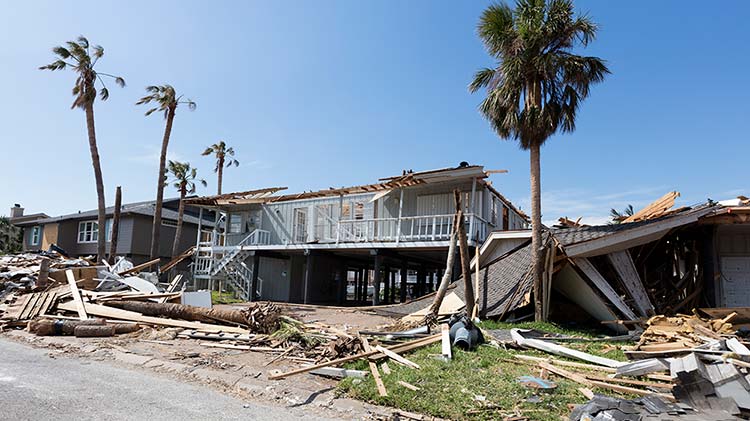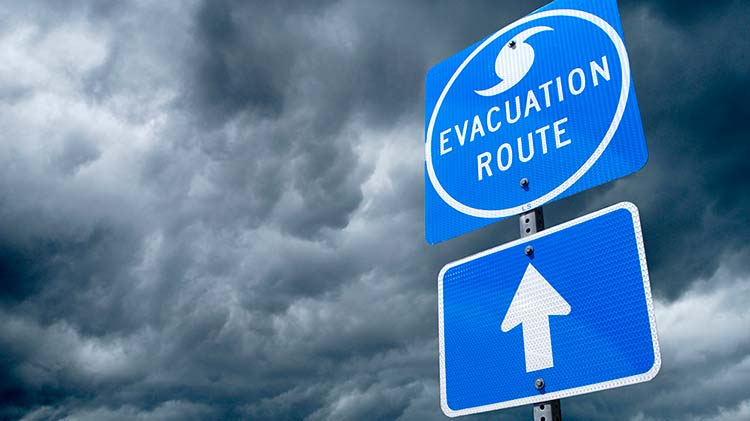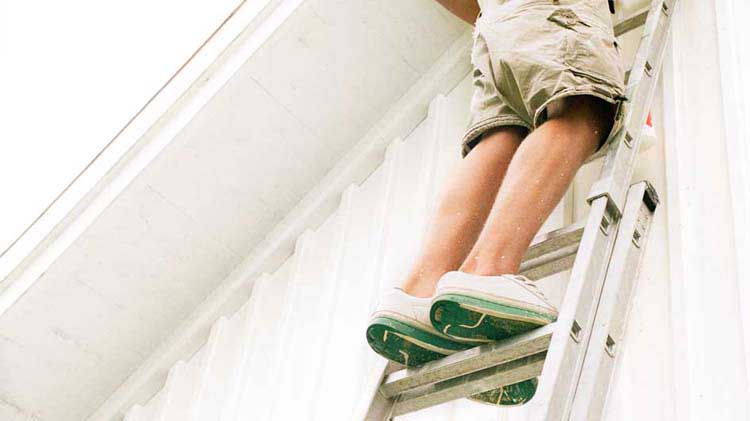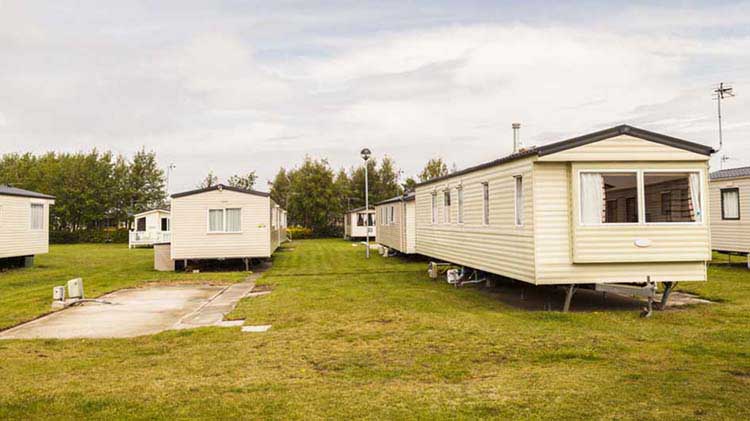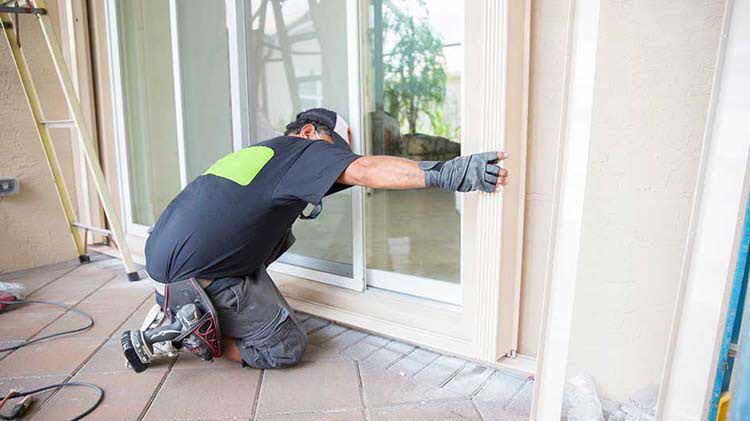Wind mitigation to prepare for storm damage
How can wind mitigation protect your home and family during severe winds?
Wind is an unpredictable element that can threaten your home and safety. During periods of high wind, air currents can fluctuate and change directions without warning placing pressure on all parts of a structure and potentially pulling it apart or lifting it from its foundation. When wind speeds climb, pieces of debris can also become dangerous — crashing into your home with significant force and potentially breaking through it and endangering your loved ones. But there are steps you can take to increase your safety with wind mitigation.
Protect your home from wind storm damage
Traditional homes
- Keep your home firmly anchored in high winds by having anchor bolts with heavy-gauge, square bolt washers installed to connect your floor to the foundation.
- Reinforce the rest of the frame by connecting wall and floor components with properly installed plywood or oriented strand board (OSB), and attach roof trusses or rafters to the walls with metal connectors.
- On existing homes, this can be done when replacing siding.
Manufactured homes
- Manufactured homes are more prone to damage from high winds as a result of non-permanent foundations.
- Inspect all straps and tie-downs regularly for rust, weakness or wear and have repairs made immediately.
Make your home less vulnerable to wind damage
Windows
- Install windows rated for the wind speeds in your region.
- For the best protection in hurricane-prone areas, install impact-resistant permanent shutters that meet applicable building code approved standards.
Doors
- To better resist wind pressure and flying debris, make sure your entry doors are solid wood or hollow metal.
- All entry doors should have three hinges and a dead bolt lock with at least a one-inch bolt throw length.
- Door framing should be securely anchored to the wall structure using fasteners that are at least three inches long.
- If you have double-entry doors, secure the inactive door with head and foot bolts that extend through the door header and into the subfloor.
- Patio doors should be made of impact-resistant safety glass.
- Shuttering doors offers extra protection.
Garage doors
- Install doors rated for the wind speeds in your region.
- If building a new home in a hurricane-prone area, consider installing horizontally braced, single-wide garage doors instead of double-wide doors.
- For existing homes, check with your garage door manufacturer for availability of retrofit bracing kits.
- Be aware that your garage door panels, especially if double-wide, may require both horizontal and vertical bracing to ensure stability.
- You can also protect your garage door with a shutter or screen rated for wind pressure and debris impact.
Roofing
- Strong winds can cause shingles to peel off, especially if edge shingles are not well secured or the adhesive on their tabs has failed.
- A roofing professional can evaluate your roof, and if needed, additional roofing cement can be added under each tab to help keep the shingles attached during a high-wind event.
- The shingles should be attached to roof decking of solid 5/8"thick plywood.
- The roof decking should be attached to the roof framing using 8d ring shank nails and a secondary water barrier created by installing self-adhering flashing tape over the joints in the roof deck.
- For greater resistance to wind uplift, apply a bead of construction adhesive along both sides of the intersection between the roof decking and the rafters or trusses. Your roofing professional can provide you with information about additional safeguards.
Soffits
- To help anchor the soffits, the exposed siding under your roof rafters to your home, have a professional apply a bead of polyurethane sealant between the wall and the trim into which the soffit panels are inserted.
- You can also apply a dollop of caulk in the V-shaped hole where the joint between two soffit panels meets the trim.
Safe rooms
- Designate a place in your home that will protect your family from injuries caused by broken windows and flying debris.
- The basement is often the best location for a safe room; otherwise, locate the room on the interior, ground floor of your home.
- An experienced contractor can equip your safe room with reinforced floors, walls and ceilings regardless of whether you have a new or existing home.
Landscaping
- Avoid using gravel or rock landscaping materials, which can be hazardous when airborne. Shredded bark can be an attractive and less dangerous alternative.
The National Oceanic and Atmospheric Administration (NOAA) broadcasts official Weather Service warnings, watches, forecasts and other hazard information, 24 hours a day, seven days a week. To tune into these NOAA Weather Radio (NWR) broadcasts, you'll need an NOAA Weather Radio Receiver. These are available at many retail outlets.
When preparing your home for seasonal winds, it's also important to review your insurance coverage. Talk to your State Farm® agent about reviewing your home and property insurance.
